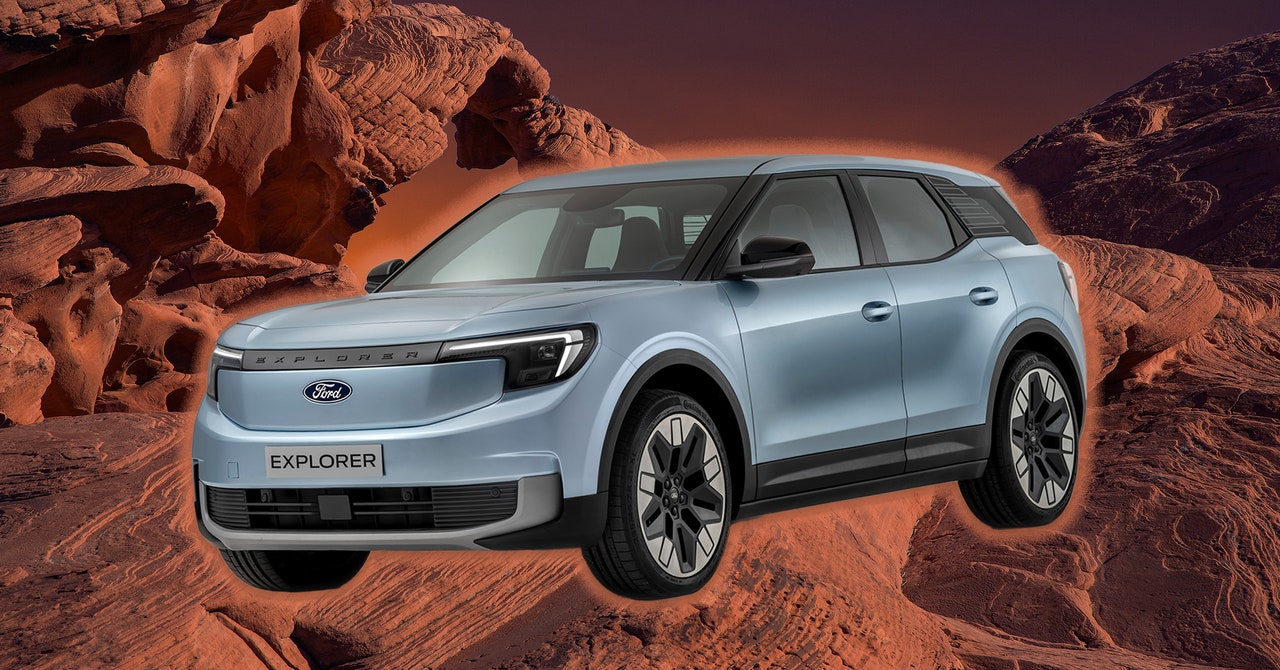The Electric Explorer’s nightmarish performance shows everything Ford has right and wrong about EVs
I asked Amko Leenart, director of design for Ford Europe, why Ford used VW’s pathetic controls in both the Explorer and Capri, and he told me that Ford was working with a partner to improve the response of the sliders (but didn’t tell me how ), then admitted that “we tried to improve it a little bit—and I think we did—but at the same time, it is what it is. VW is our supplier of certain parts and at the time we had to make that choice.”
It’s such a shame because these decisions made on balance sheets and in boardrooms can kill perfectly good cars. And in the Explorer’s case, that’s compounded because it’s a good EV, quiet on the road, and has good mileage and a distinctive, winning exterior.
Courtesy of Ford
I understand that the project delays mean that the Explorer and Capri have missed opportunities and that potentially better competitor options have come along at just the wrong time for Ford, but by focusing on mileage first and trying to cut corners in development time the gamble did not fully pay off. And then trying to get away with charging nearly £54,000 (about $68,500) for the top model, things get even more difficult.
Jim Farley is a smart guy, and I’m sure he looked at the Explorer and the Capri, and then again at his Xiaomi, and realized that there was a better way for Ford to do EVs than to dress up competitors’ platforms. But there’s also the UK’s zero-emission vehicle mandate, which requires at least 2025. a quarter of new cars sold by UK manufacturers are emission free. Ford needs to sell more EVs, and fast. This is a difficult circle to square.
I know Ford’s focus is on hybrids right now, but looking at the successes of the F-150 Lightning and Mach-E, and all the elements to be celebrated in the EU-only Explorer, I’m hoping we’ll see a lot more full EV action from the company in 2025. Just make it made by Ford and available to everyone – then it certainly won’t lose.









